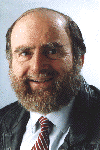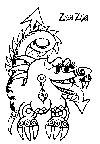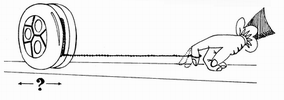Published prior to 1989
excluding papers on Theoretical Physics
A Listing by Topic
 Brief bio for Dr Harvey A Cohen up to 1989
Brief bio for Dr Harvey A Cohen up to 1989Attended the Sydney (Boys) High School. At the University of Sydney he completed two years of electrical engineering before transfering to the Science Faculty, completing an Honours Degree with major in Physics. Completed a PhD at the ANU in computational methods in QED quantum electrodynamics. Following a post-doc at the University of Adelaide he became a senior lecturer at La Trobe University originally in Mathematics and later in Computer Science. His experiences of teaching undergraduate mechanics lead to “loud-thinking” student efforts in qualitative physics, which research lead him to an initial appointment within the Artificial Intelligence Laboratory, at MIT, Cambridge Mass, where he worked with Seymour Papert. On return to La Trobe University he conducted the educational robotics project OZNAKI inspired by LOGO. With R.S. Francis developed microprocessor software development scheme highlighted in IEEE Computerin 1979. He then developed an early Talking Communicator for severely disabled non-speech children.
- Algorithm Directed Hardware [2]
- Computer Vision [4]
- Fractals go out to Work [1]
- Applied Image Processing and Expert Systems [2]
- Image Processing [2]
- Speech Synthesis and Recognition [3]
- LOGO-84 [2]
- Communicator for the Severely Disabled [6]
- Microprocessor Software Development [5]
- On Introducing Computer Concepts in Schools [2]
- Microcomputer Graphics [2]
- OZNAKI [9]
- Problem Solving and Heuristics [3]
- History of Personal Computing
- Speleology [1]

